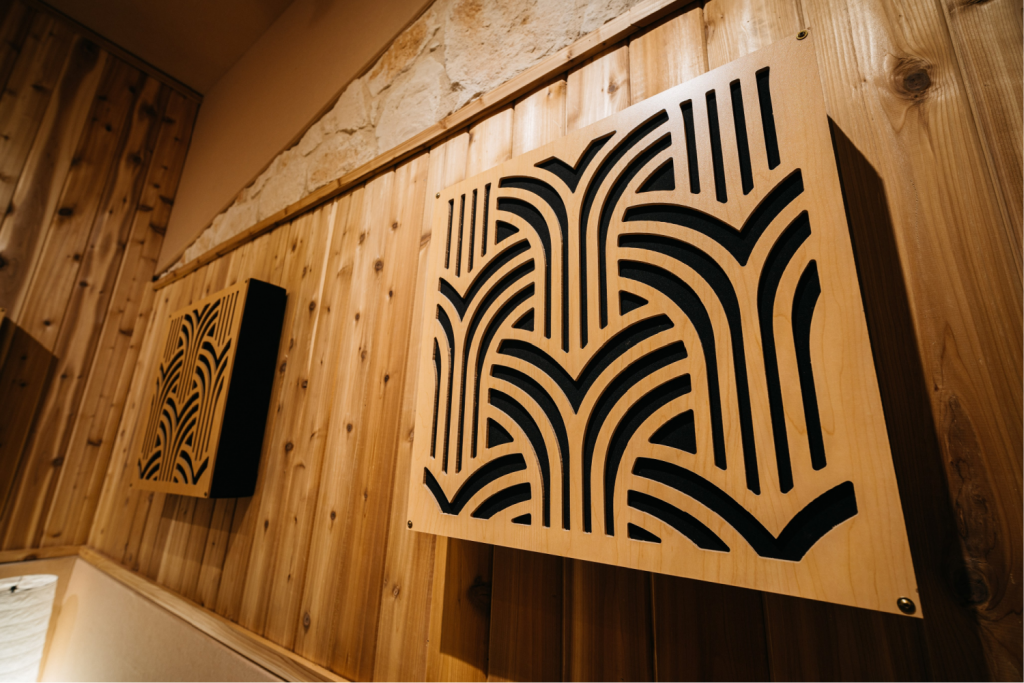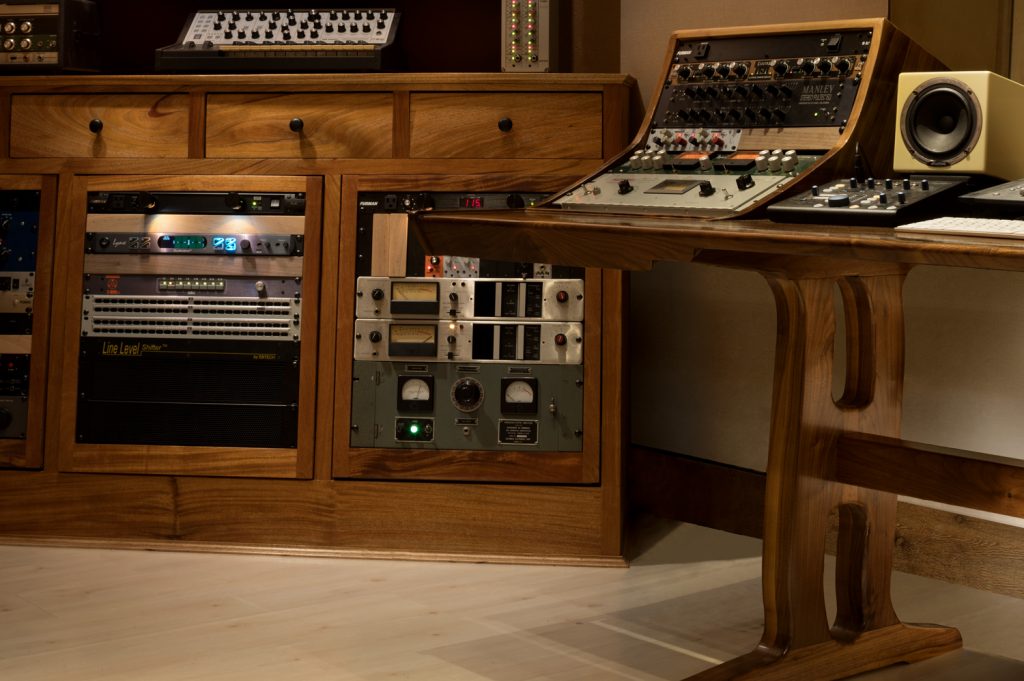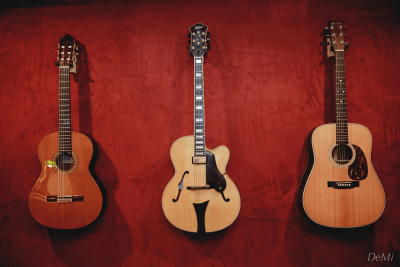Intervals are key to musical thinking. By musical thinking I mean the ability to play, sing or write exactly what you hear in your minds ear. Think of it as being able to play what you hear, instead of hearing what you play. So what’s the difference? Well when you hear what you play, you may know scales or chords, or even songs. But it feels like something’s missing, like an intuitive sense of where the music is going. When you play what you hear (in your minds “ear”), the ideas flow from within. You can imagine a melody and play it without any limitations.
So what’s an interval?
An interval is simply the distance between any two notes. Intervals can be played in sequence (melodically), or they can be played at the same time (harmonically), like in a chord.
Why are intervals important?
All tonal music contains intervals. They are the glue that connect notes. Intervals create emotional context in music.
Diatonic intervals vs chromatic intervals.
Diatonic intervals are intervals found within a single key. A major scale contains 7 notes and thus the relationship between note any two notes in a single key are considered diatonic. Chromatic intervals occur in a chromatic (12 note) scale unrelated to any one key. For the purpose of this video, we’ll stick with diatonic intervals
There are 5 types or classes of intervals found in both diatonic and chromatic intervals
they are:
Major
Minor
Perfect
Augmented and
Diminished
What are the diatonic intervals? we’ll start with the tonic of a major scale. Relating all other notes in the scale to the tonic, we find the following intervals (within one ocatave):
Major 2nd
Major 3rd
Perfect 4th
Perfect 5th
Major 6th
Major 7th
Perfect Octave
Notice the interval from the tonic (scale degree 1) to any other note in a scale corresponds with its scale degree. For example the distance from 1 to 3 is a major 3rd. But intervals are not limited to the tonic. the distance between any two notes in a scale will result in an interval. For example, the distance between scale degree 2 and 4 is a minor 3rd. This is where it gets a little tricky. And why it’s important to know how intervals are constructed. the smallest interval in music is a minor 2nd, also known as a half step. think two consecutive notes on the piano or guitar. The next smallest interval is a major 2nd, or whole step. All other intervals can be thought of as a combination of these smaller building blocks. For example, a major third is 2 whole steps. A perfect 5th is 3 1/2 steps. and so on.
While you don’t need to be able to sight read, it’s helpful to have a basic understanding of music notation. looking at the staff, we see lines and spaces. a note on a line (or space) followed by a note on a space (or line) is alway a 2nd. A note on a line followed by a note on the very next line is always a 3rd. A note two lines and a space away is a 4th. 3 lines away is a 5th and so on. See a pattern emerging. Whether those intervals are major, minor, perfect, augmented or diminished is determined by the absolute value of the interval, which is determined by the number of half and whole steps between the two notes. Here’s where a little memorization is required.
Tips and tricks for hearing intervals
The ultimate goal with understanding intervals is to be able to hear and correctly identify intervals in music, as well as to be able to aurally imagine and sing intervals as they’re written on a page. This is ear training and takes time to develop, but is the key to musical thinking. Once you truly understand and can hear intervals in your mind, your musical ideas will start coming from within.
So, how to get started.
The best way to learn your intervals is to relate each interval to a familiar melody you already know:
m2 = jaws E F
M2 = Happy Birthday 2nd and 3rd note C D C
M3 Greensleeves G Bb
M3 =When the saints F A
P4 Here comes the bride F Bb
+4 = maria or the simpsons C
P5 = Twinkle Twinkle D A
M6 = The entertainer E C
M6 = NBC G E C
m7 = star trek ADG
M7 = Superman C
Octave over the rainbow C
Here’s a link with videos of each interval
Challenge:
On the guitar or a piano, play a major scale. Play each interval based off of the root. Be sure to sing as you play the intervals. Then try singing the interval first and playing second. try to imagine the sound in your head before you physically play the note.
While it takes time to develop your ear and learn to think “musically”, the rewards are more than worth it! The best advice is to take your time and dive deep into ear training. And, if you have any questions, why not sign up for a music lesson?
How to Build Intervals
| Interval | Number of Steps |
| Minor 2nd | 1 half step |
| Major 2nd | 1 whole step |
| Minor 3rd | 1 1/2 whole steps |
| Major 3rd | 2 whole steps |
| Perfect 4th | 2 1/2 whole steps |
| Aug 4th / Dim 5th | 3 whole steps |
| Perfect 5th | 3 1/2 whole steps |
| Minor 6th | 4 whole steps |
| Major 6th | 4 1/2 whole steps |
| Minor 7th | 5 whole steps |
| Major 7th | 5 1/2 whole steps |
| Perfect 8ve | 6 whole steps |










